Body Contouring and Exercise Through the Ages: Tailoring Strategies for Every Life Stage
Age Specific Body Contouring and Exercise. Body contouring and exercise are powerful tools for shaping and maintaining a healthy physique.
However, the approach to and effectiveness of these strategies can vary significantly with age.
Each life stage brings its unique challenges and opportunities for optimizing body contouring techniques and exercise routines.
Understanding these nuances can help individuals make informed decisions about their health and appearance at any age.
Overview of Non-Invasive Body Contouring Technologies
Explore the range of popular non-invasive body contouring technologies and understand how specific dietary choices can enhance their effectiveness:
- Cryolipolysis (Fat Freezing): Often referred to as CoolSculpting, this method focuses on freezing and eliminating fat cells, particularly effective in targeting stubborn fat deposits in areas like the abdomen and thighs. Incorporating a diet rich in lean proteins and low in saturated fats can significantly enhance the body’s efficiency in processing and expelling the frozen fat cells.
- Radiofrequency (RF) Fat Melting: RF treatments apply thermal energy to heat the skin’s deeper layers, disrupting fat cells and boosting collagen production, which tightens the skin. A diet abundant in vitamin C can support collagen regeneration, improving the firmness and elasticity of the treated areas.
- Ultrasound Fat Reduction: Utilizing high-intensity ultrasound waves, this technique specifically targets and destroys fat cells, ensuring no damage to the surrounding tissues. A diet rich in antioxidants aids the body in managing and removing the cellular waste from the disrupted fat cells, while maintaining optimal hydration can enhance the body’s metabolic processes, supporting overall fat elimination.
By aligning specific dietary strategies with these non-invasive body contouring techniques, you can maximize your results. Ensuring not only a more effective treatment but also promoting long-term maintenance of your newly sculpted body.
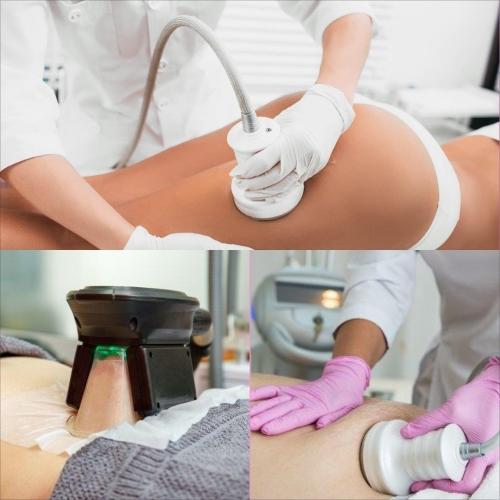
Age Specific Strategies for Body Contouring and Exercise
Younger Adults (Under 30):
Young adults may turn to body contouring to refine their physique or correct disproportional areas that do not respond to diet and exercise alone. However, this age group should proceed with caution as their bodies are still developing in early twenties.
The risks in younger individuals include potential impacts on body image and the possibility of changes in treated areas due to natural body changes that might occur with age.
Middle Age (30-60):
As metabolism begins to slow and life responsibilities increase, individuals in this group often find it harder to maintain their natural contour through exercise alone. Body contouring can be particularly effective for middle-aged adults looking to address stubborn areas of fat or sagging skin.
Additionally, integrating resistance training and cardiovascular exercise can help combat the muscle loss and weight gain associated with aging.
Seniors (60+):
For older adults, the focus often shifts to maintaining mobility and enhancing quality of life. Body contouring can help address skin laxity and areas of fat accumulation that are common in older age. However, safety becomes a paramount concern, as older adults may have health conditions that could complicate recovery.
Low-impact exercises, such as walking, swimming, and yoga, are excellent for maintaining flexibility, strength, and cardiovascular health.
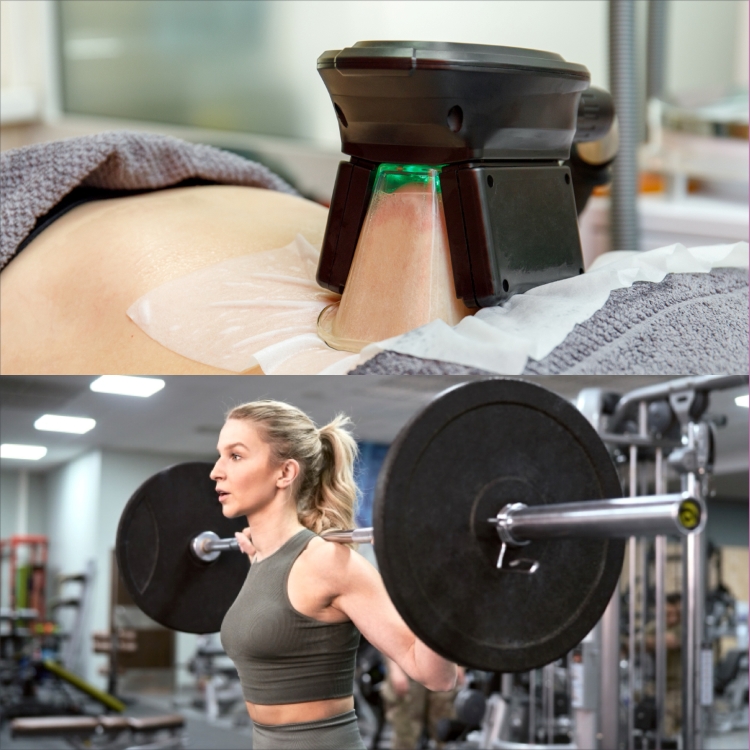
Maintaining Activity and Results As You Age
Staying active and continuously adapting your fitness and nutrition strategies are crucial to maintaining body contouring results and overall health as you age.
Here’s how you can ensure that you stay on track through different stages of life:
Nutrition at Every Age:
- Younger Adults (Under 30): Focus on building a strong nutritional foundation with a balanced diet rich in proteins, healthy fats, and carbohydrates to support an active lifestyle and natural growth. Key nutrients such as calcium and vitamin D are essential for bone development.
- Middle Age (30-60): Incorporate antioxidants through fruits and vegetables to combat aging, and lean proteins to aid in muscle maintenance. Omega-3 fatty acids found in fish and flaxseed are crucial for heart health and cognitive function.
- Seniors (60+): Prioritize fiber-rich foods to enhance digestive health, and calcium and vitamin D to preserve bone density. It’s also important to maintain adequate hydration as sense of thirst diminishes with age.
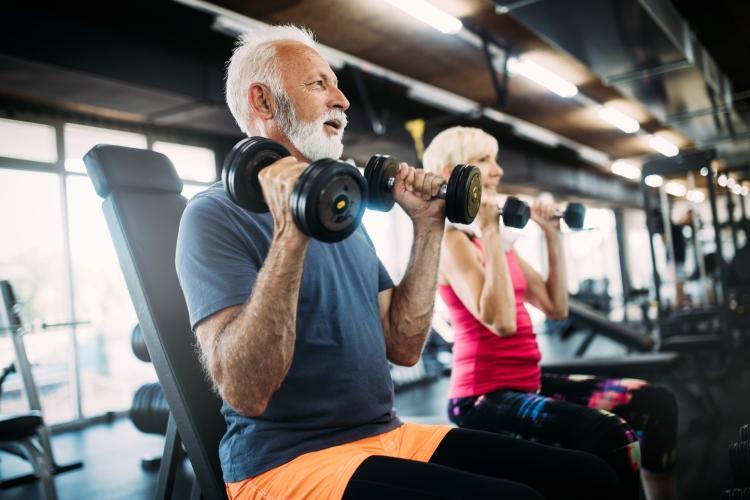
Age Specific Body Contouring and Exercise: Activity for Every Life Stage
-
Younger Adults (Under 30): Engage in a variety of physical activities to find what you enjoy. High-intensity workouts like HIIT, team sports, and strength training can be effective for maintaining fitness and building muscle.
-
Middle Age (30-60): Focus on strength training to counteract muscle loss due to aging. Incorporate flexibility and balance exercises like yoga or Pilates to enhance core strength and prevent injuries. Cardiovascular activities such as cycling, brisk walking, or swimming can help manage weight and improve heart health.
- Seniors (60+): Embrace low-impact exercises that maintain mobility and muscle tone without straining joints. Water aerobics, light weight training, and walking are excellent choices. Gentle stretching and balance exercises are also beneficial to prevent falls and improve circulation.
Regular Adjustments:
-
Flexibility in Routine: As your body ages, it’s important to adapt your exercise routine to accommodate decreased mobility or increased sensitivity to exercises. For example, if running becomes too taxing on the joints, switching to swimming or an elliptical trainer can provide a good cardiovascular workout with less impact on the body.
- Health Monitoring: Regular health check-ups can help you tailor your diet and exercise plans according to your medical needs, such as adjustments for blood pressure, cholesterol levels, or joint health. Monitoring is crucial, especially after body contouring treatments, to ensure the effects are lasting and beneficial.
Staying Motivated:
-
Set Achievable Goals: As your body changes, set realistic fitness goals that motivate rather than discourage you. Celebrating small victories can maintain motivation over time.
- Community and Social Support: Joining groups or clubs that focus on activities suitable for your age can provide social encouragement and make physical activity more enjoyable.
By understanding how to adjust your nutrition and exercise plans as you age, you can enhance and maintain the results of body contouring treatments while supporting your overall well-being.
This lifelong approach ensures not only aesthetic benefits but also a robust, active lifestyle.
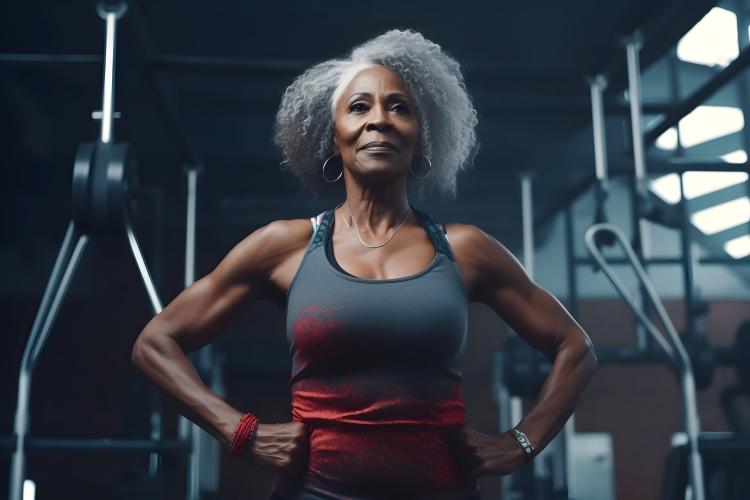
Incorporating Body Contouring and Exercise into Your Routine
Regardless of age, incorporating body contouring and exercise into a daily routine should be done with careful planning:
- Consultation with Professionals: Always start with a consultation from qualified professionals to tailor a plan that is safe and effective for your age and health profile.
- Balanced Approach: Combine body contouring with a sustainable exercise routine that includes both aerobic and strength-training elements.
- Regular Adjustments: As you age, be open to modifying your exercise routines to accommodate changing abilities and health needs.
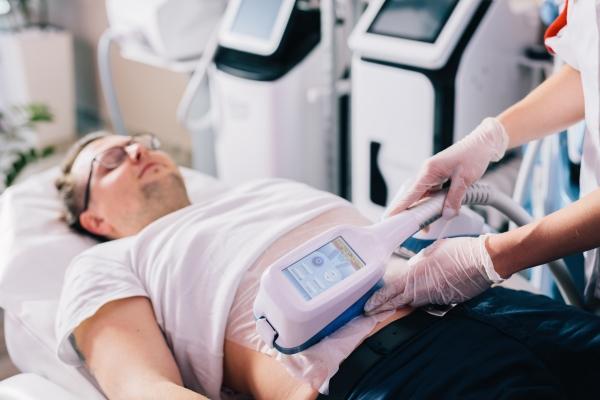
Age Specific Body Contouring and Exercise: Risks and Considerations
For Younger Individuals:
While body contouring procedures are generally safe, younger individuals must consider the long-term implications of such treatments. It’s crucial to have realistic expectations and understand that their bodies may continue to change.
For Older Adults:
Older adults need to consider their overall health and any potential risks associated with surgeries or non-invasive procedures. It’s important for treatments to be accompanied by regular physical activity to ensure that the benefits of body contouring are complemented by enhanced muscle tone and circulation.
Maintaining Activity and Results As You Age
The key to aging gracefully while maintaining body contouring results is staying active and adapting to your body’s needs:
- Stay Active: Engage in regular physical activity suited to your age and capabilities. This not only helps maintain contouring results but also contributes to overall health.
- Monitor and Adapt: Regularly assess your body’s response to your exercise routine and make necessary adjustments. This is crucial as you move from one age group to another.

Age Specific Body Contouring and Exercise: Conclusion
In conclusion, body contouring and exercise can be effectively tailored to meet the needs of different age groups, ensuring safety and effectiveness throughout one’s life.
By understanding the specific needs and limitations of each age group, individuals can enjoy a fit, healthy, and well-contoured body at any stage of life.
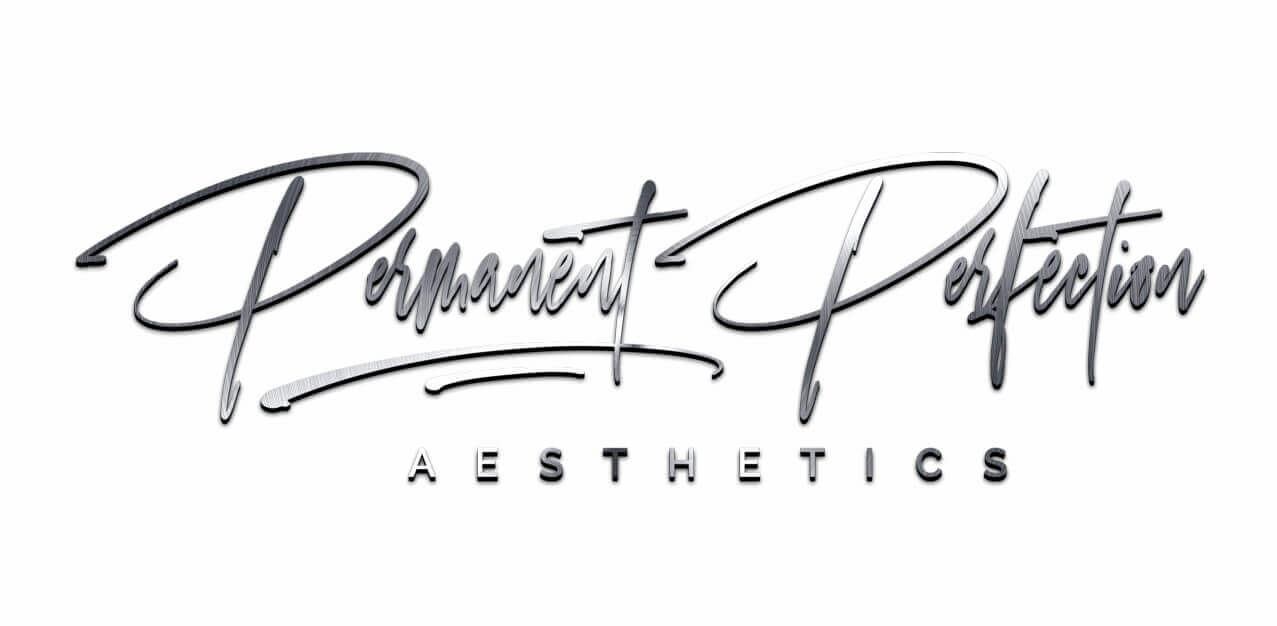

Recent Comments